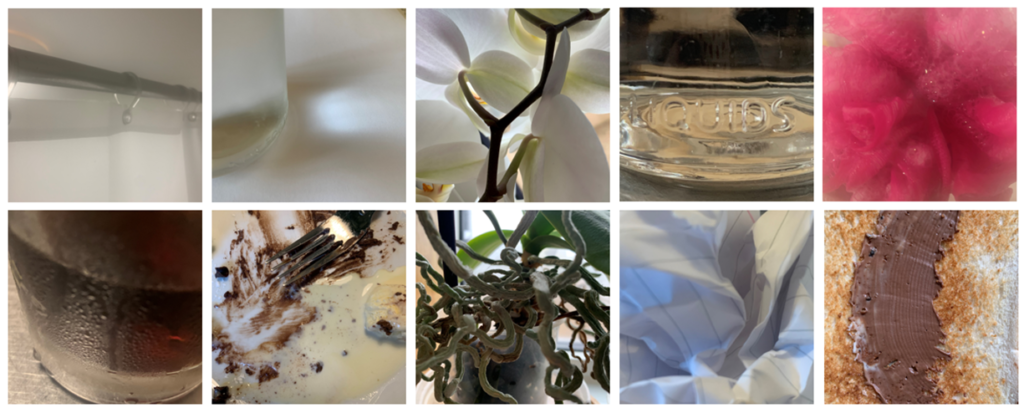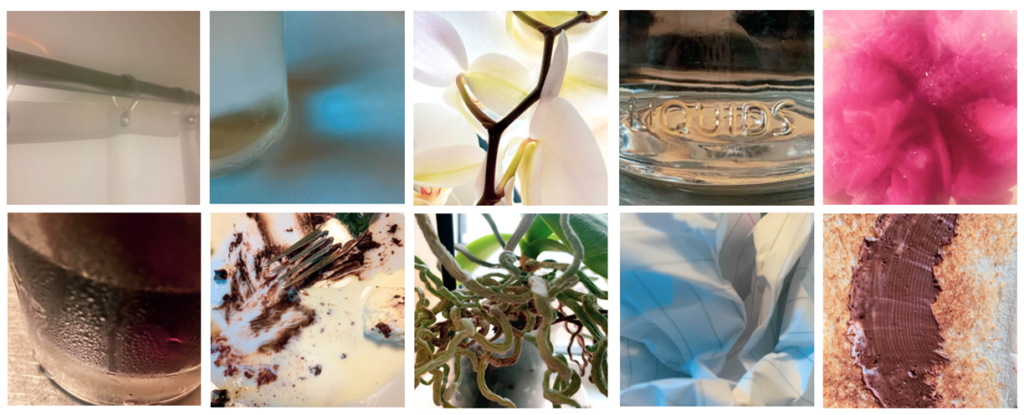Photo shoot 1 – Playing pieces
Firstly, for this photo shoot I plan to take photographs of the board and pieces by themselves, my main idea for it is to simply showcase the games alone while focusing on the lighting and layout.
I would most likely produce this shoot at home using a makeshift studio as to not move all the games around that will be included in the photographs.
Photo shoot 2 – Castle photographs
Secondly, I plan to go to one of the castle’s on Jersey, either Elizabeth or Gorey, and take photos of the playing pieces in the medieval surroundings.
This photo shoot is inspired by my artist reference, Jan Roald, as his project of ‘is the life also a chess play’ did a great job of capturing the viewers attention due to the links between the scenery and the chess pieces.
Photo shoot 3 – Costume photos
For my costume photographs, I plan to have my friend wear a red dress to portray the queen from both chess and cards since red often means power and was even adopted by kings around the middle ages to show their god-given right to rule.
I will most likely be taking my images in my garden due to the grass creating a more natural feel for the images. This shoot will also be inspired by Claude Cahun regarding the expressions and body language that she depicts in her own self portraits.
Photo shoot 4 – Portraits
For these photographs, my main plan is to try and showcase body language while playing a game. To do this, i’m going to have my friend sit down at a game and take photos of her playing the game in order to capture her reactions and expressions.
This shoot would once again be done at my house in order to make my friend more comfortable and give more natural responses. The shoot is also heavily inspired by the chess photographer, David Llada, who aims to capture peoples expressions as they play chess during tournaments.
Photo shoot 5 – Masks
In this photo shoot my aim is to display how we hide our emotions and expressions during games, or in other words how we showcase our poker face. To do this I will have a friend of mine wear a blank mask and have a game set out in front of them or have them simply looking into the camera.
The shoot will be inspired by my artist reference Gillian Wearing who uses prosthetic masks to showcase different meanings within her photographs.
Photo shoot 6 – Elemental photographs
Lastly, I intend to produce some photographs of the playing pieces in different elements, such as fire, earth, water etc. These images would symbolize different parts of game from emotions to different strategies, for example the fire could represent passion while water could represent loss or sadness.






































